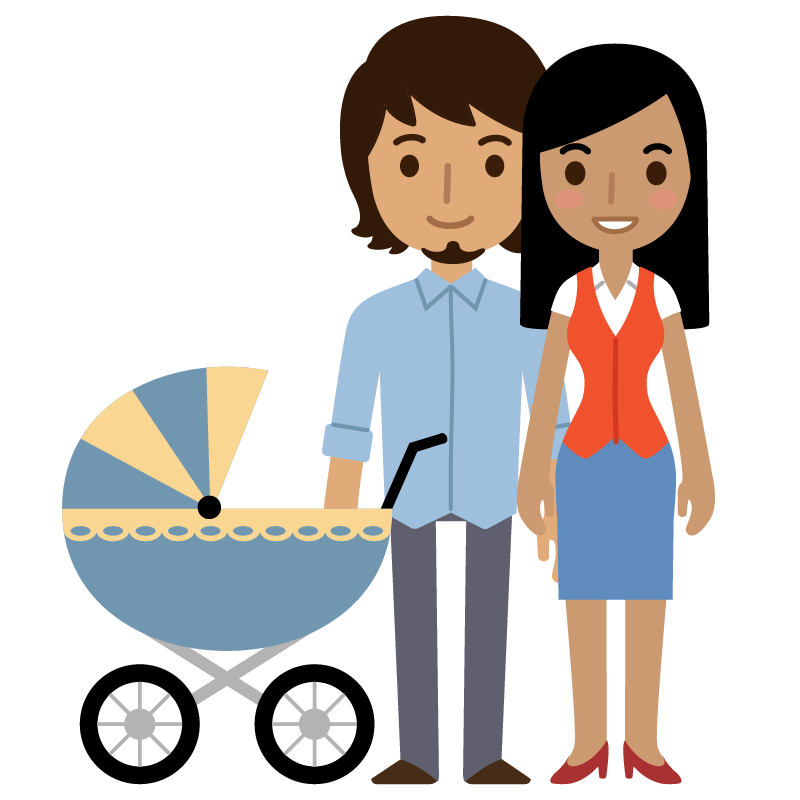Many of the world’s best education systems are found in countries that guarantee paid leave for new parents. These countries understand that providing high-quality education for all children starts even before those children arrive at school.

Estonia, whose performance on PISA 2018 was the best in Europe, has one of the most generous leave packages for new parents. It includes up to 1.5 years of parental leave that can be used by either parent. Canada offers 15 weeks of maternity leave after which parents can split 40 weeks of paid parental leave between them. Finland offers about a year of total paid leave for new parents. And the Finnish government is working on a plan that would increase maternal and paternal leave to 6.6 months each, for a total of over 13 months.
The United States does guarantee 12 weeks of unpaid leave for mothers who work for businesses with more than 50 employees, but there is no national policy to require paid leave. Some employers offer paid leave or short-term disability to new mothers and a handful of states—including New York, California, Rhode Island, New Jersey and Washington—have legislated between 6 and 12 weeks of paid leave for new parents. However, these options are only available to a small fraction of parents across the country.
Learn more about Estonia’s resources for new parents as well as recent reforms to Estonia’s early childhood education and care sector here. And visit CIEB’s country profiles of Canada, Estonia, Finland and Singapore to learn more about how those systems prepare young children to succeed in school.
Sources:
Canada: Maternity and parental leave benefits are paid through the nationwide Employment Insurance program. Maternity leave is available for up to 15 weeks postpartum at 55 percent of pay. After that, a parental leave option is available which can be used by either parent or split between them. This can be taken either as 40 weeks at 55 percent of pay or 69 weeks at 33 percent of pay.
Estonia: Mothers are allowed up to 140 days of paid maternity leave, while fathers are currently allowed 10 days of paid paternity leave (that will increase to 30 days in July of this year). Additionally, parents can split 435 days of paid parental leave, during the first three years of the child’s life. All of these are at 100 percent of pay.
Finland: Paid maternity leave covers 105 working days, or about four months. (Working days are Monday to Saturday, with the exception of official holidays.) Fathers can take paternity leave of up to 54 working days. After that, both parents share parental leave for 158 working days, with only one parent on leave at a time. This includes up to 90 percent of pay for the first 56 days of maternity leave and then a percentage that varies by income after that. However, a plan is under development that would equalize the maternity and paternity leave policies by allowing each parent 164 days of paid parental leave. The plan, currently set to take effect in 2021, would also allow parents to transfer up to 69 days of their own leave to their partner.
Singapore: Mothers are allowed between 12 and 16 weeks of paid maternity leave at their full salary, while fathers are guaranteed two weeks of paid paternity leave. Additionally, a mother can opt to transfer up to four of her 16 weeks of paid leave to the father.
United States: The Family and Medical Leave Act guarantees 12 weeks of unpaid maternity leave to new mothers who meet certain criteria. For example, eligible new mothers must work for a company that employs at least 50 people, and they must have worked for that company for at least a year including at least 1250 hours of work within that year. Employers can opt to provide paid leave to new mothers, and those that do often do so in the form of short-term disability insurance. As of January 2020, Washington State now offers the most generous paid leave package among US states, with 12 weeks of paid parental leave plus an additional 4 weeks of paid medical leave for mothers who give birth. The plan allows for up to 90 percent of weekly pay, up to a maximum of $1,000 a week.





